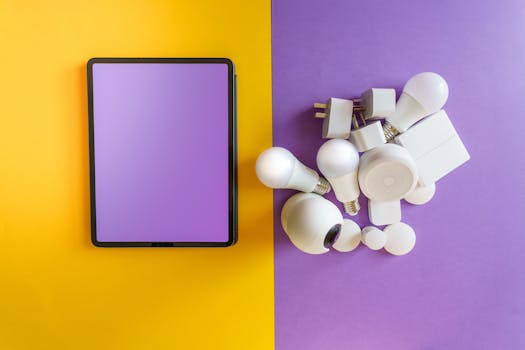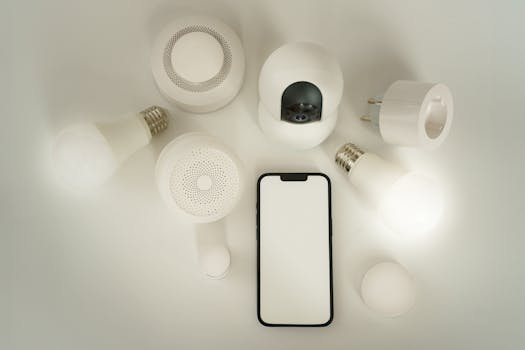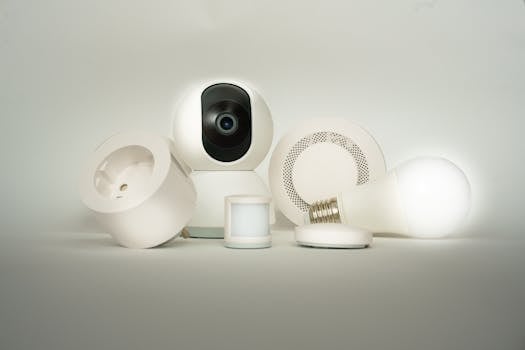
Unlocking the Future: The Ultimate Guide to Smart Home Technology
Takeaways:
- Smart home technology enhances convenience and security.
- Voice assistants streamline everyday tasks.
- Smart lighting offers energy savings and customization.
- Home automation connects various smart devices for seamless integration.
- Investing in smart tech can increase your home’s value and efficiency.
As technology continues to evolve, our homes are becoming smarter than ever. Smart home technology encompasses a variety of devices and systems designed to improve the way we live. From voice assistants that control our environment to smart lights that save energy, the possibilities are endless. In this article, we will explore the key components of smart home tech, its benefits, and how you can integrate it into your living space.
Understanding Smart Home Technology

One of the most popular aspects of smart home technology is the use of voice assistants like Amazon Alexa, Google Assistant, and Apple Siri. These AI-driven systems allow homeowners to control their devices using voice commands, making it easier to manage everyday tasks. For instance, you can ask your voice assistant to dim the lights, adjust the thermostat, or even play your favorite music, all without lifting a finger.
The Benefits of Smart Home Technology

- Convenience: With smart devices, you can automate routine tasks, making your life easier. For example, smart lights can be programmed to turn on and off at specific times or controlled remotely via a smartphone app.
- Security: Smart security systems, including cameras and motion sensors, provide peace of mind. You can monitor your home in real-time and receive alerts if any unusual activity is detected.
- Energy Efficiency: Smart thermostats and lighting systems can help reduce energy consumption. By optimizing heating and cooling based on your preferences and usage patterns, you can save money on utility bills.
- Increased Home Value: Integrating smart home technology can enhance the value of your property, making it more attractive to potential buyers.
Popular Smart Home Devices

Voice Assistants
Voice assistants are at the heart of many smart homes. Devices like Amazon Echo and Google Nest Hub serve as central control points for your smart home ecosystem. They can manage tasks, play music, provide weather updates, and control other connected devices.
Smart Lighting
Smart lights, such as Philips Hue and LIFX, allow you to customize your home’s lighting. You can change colors, set schedules, and control brightness all from your smartphone or with voice commands. This not only enhances your home’s ambiance but also contributes to energy savings.
Smart Thermostats
Smart thermostats like the Nest Learning Thermostat learn your heating and cooling habits, adjusting automatically to optimize comfort and energy efficiency. You can also control them remotely, ensuring your home is always at the perfect temperature when you arrive.
Security Systems
Smart security devices, including video doorbells and smart locks, provide advanced security features. You can monitor your home from anywhere, receive alerts on suspicious activity, and control access to your home remotely.
Integrating Smart Home Technology

- Assess Your Needs: Determine what aspects of your home you want to automate. This could include lighting, security, or climate control.
- Choose a Hub: If you plan to use multiple smart devices, consider investing in a smart home hub that can connect and control all your devices from one platform.
- Start Small: Begin with a few devices and gradually expand your smart home ecosystem as you become more comfortable with the technology.
- Ensure Compatibility: Check that all devices you choose are compatible with each other and with your existing smart home system.
Conclusion







